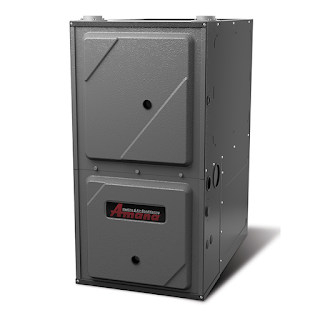Is your heating and cooling system running at high-speed when it should be enjoying a much-needed break? Americans spend a great deal of money heating and cooling unoccupied homes annually. Luckily, there’s an easy way to avoid such unnecessary expenses, reducing your electric bill and your carbon footprint with the help of thermostat automation.
What is Thermostat Automation?
Thermostat automation involves the addition of a programmable or smart thermostat, alone or as part of an expansive home automation system that could allow you control your lights, sprinklers, security system, and more from your phone or mobile device. The largest single user of energy in your home, controlling your HVAC system via automation is an essential part of reducing unnecessary energy use. Rather than running your heater or air conditioner 24/7 at the same temperature, automating your HVAC system as part of a smart home system or by itself helps save you money and live more comfortably. With a smart thermostat addition, you can program, monitor, and easily change how your system operates whether you’re home or away, helping you save energy and money while living more comfortably.
More Than A Temperature Monitor
Today’s smart home thermostats have a lot to offer. Rapidly replacing antiquated thermostat models, digital smart thermostat technology offers an array of advantages…
- Precise temperature control.
Digital thermostat technology provides accuracy with 1°F of temperature readings, optimizing performance. Monitoring energy consumption in real-time, smart thermostats can both track the performance of your system and ensure you return to a comfy home. - Flexibility.
Run your system minimally while you’re away from the home, securing energy savings. Easily and conveniently adjust temperature settings for comfort prior to your return, making changes quickly from anywhere through your home’s wireless network. - Easy setup.
Your HVAC installation service can install and help you set up your thermostat or pair it with your home automation system, ensuring you make the most of your new smart thermostat addition. For easier setup, opt for smart ‘learning’ models, which note your behavior, making adjustments based on your lifestyle and comfort preferences.
NOTE: Heat pumps require a special type of unit. - Maintenance reminders.
Today’s smart thermostat technology also offers friendly suggestions to help you improve comfort and boost energy savings, as well as remind you when system maintenance such as changing air filters or scheduling semi-annual system maintenance is necessary. - Savings.
Smart thermostats help you save money on your monthly utility bills, with studies showing today’s top tech can help you save 10-23% annually, providing a speedy return on your thermostat investment.
Which Smart Thermostat Model Is For Me?
Each model has its own benefits, with newer technology boasting ease-of-use and more features than predecessors. To ensure a thermostat investment that’s the right fit for your home and lifestyle, discuss potential automated thermostat options with an informed HVAC technician.
The best heating and air conditioning companies know how to save you money. Is yours helping you keep a little more green in your pocket? Learn more about money-saving thermostat automation from the pros at H&H Heating & Cooling today.
This blog was originally posted on https://www.delcohvac.com/automate-your-hvac-system-money-saving/






